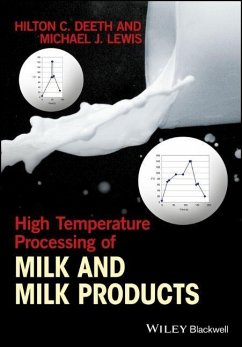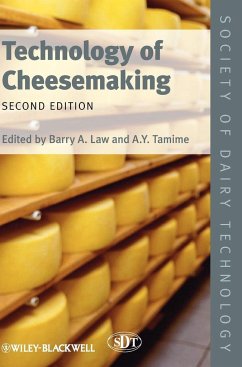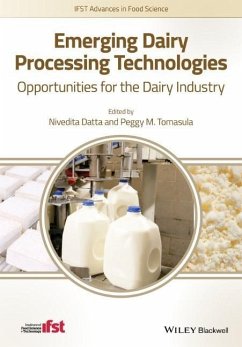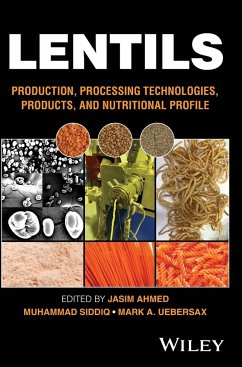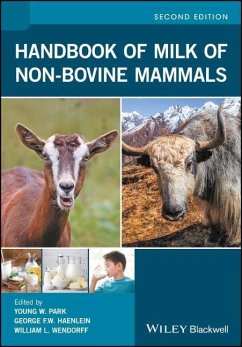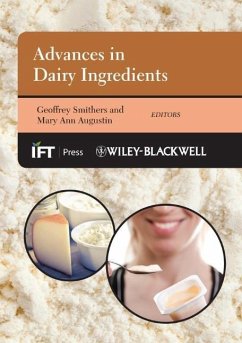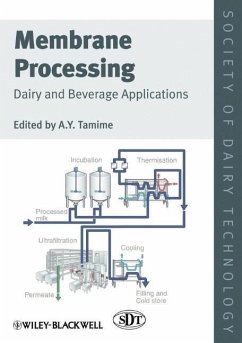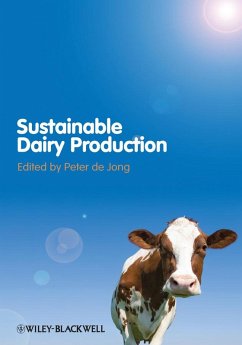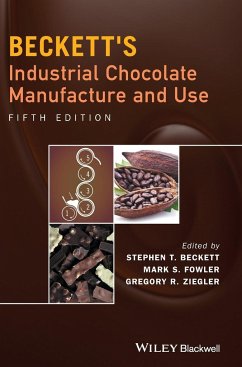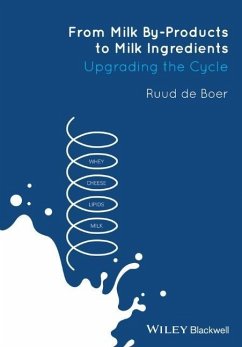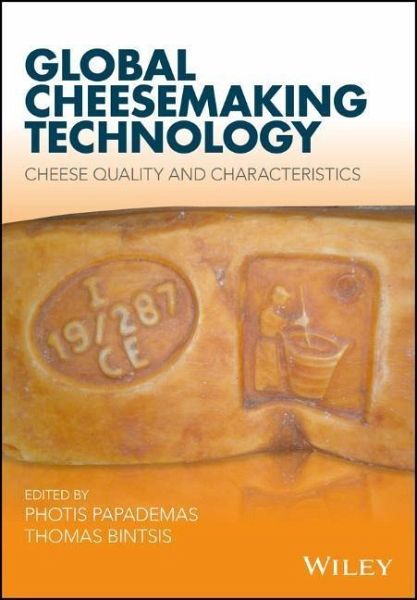
Global Cheesemaking Technology
Cheese Quality and Characteristics
Herausgegeben: Papademas, Photis; Bintsis, Thomas
Versandkostenfrei!
Versandfertig in über 4 Wochen
205,99 €
inkl. MwSt.
Weitere Ausgaben:

PAYBACK Punkte
103 °P sammeln!
Global Cheesemaking Technology: Cheese Quality and Characteristics reviews cheesemaking practices, and describes cheeses and the processes from which they are manufactured. In addition, the book examines new areas to stimulate further research in addition to the already established knowledge on the scientific principles on cheesemaking.Part I provides an account on the history of cheese, factors influencing the physicochemical properties, flavour development and sensory characteristics, microbial ecology and cheese safety, traceability and authentication of cheeses with protected labels, and t...
Global Cheesemaking Technology: Cheese Quality and Characteristics reviews cheesemaking practices, and describes cheeses and the processes from which they are manufactured. In addition, the book examines new areas to stimulate further research in addition to the already established knowledge on the scientific principles on cheesemaking.
Part I provides an account on the history of cheese, factors influencing the physicochemical properties, flavour development and sensory characteristics, microbial ecology and cheese safety, traceability and authentication of cheeses with protected labels, and traditional wooden equipment used for cheesemaking, while an overview of the cheesemaking process is also presented.
Part II describes 100 global cheeses from 17 countries, divided into 13 categories. The cheeses described are well-known types produced in large quantities worldwide, together with some important locally produced, in order to stimulate scientific interest in these cheese varieties. Each category is presented in a separate chapter with relevant research on each cheese and extensive referencing to facilitate further reading.
Part I provides an account on the history of cheese, factors influencing the physicochemical properties, flavour development and sensory characteristics, microbial ecology and cheese safety, traceability and authentication of cheeses with protected labels, and traditional wooden equipment used for cheesemaking, while an overview of the cheesemaking process is also presented.
Part II describes 100 global cheeses from 17 countries, divided into 13 categories. The cheeses described are well-known types produced in large quantities worldwide, together with some important locally produced, in order to stimulate scientific interest in these cheese varieties. Each category is presented in a separate chapter with relevant research on each cheese and extensive referencing to facilitate further reading.




